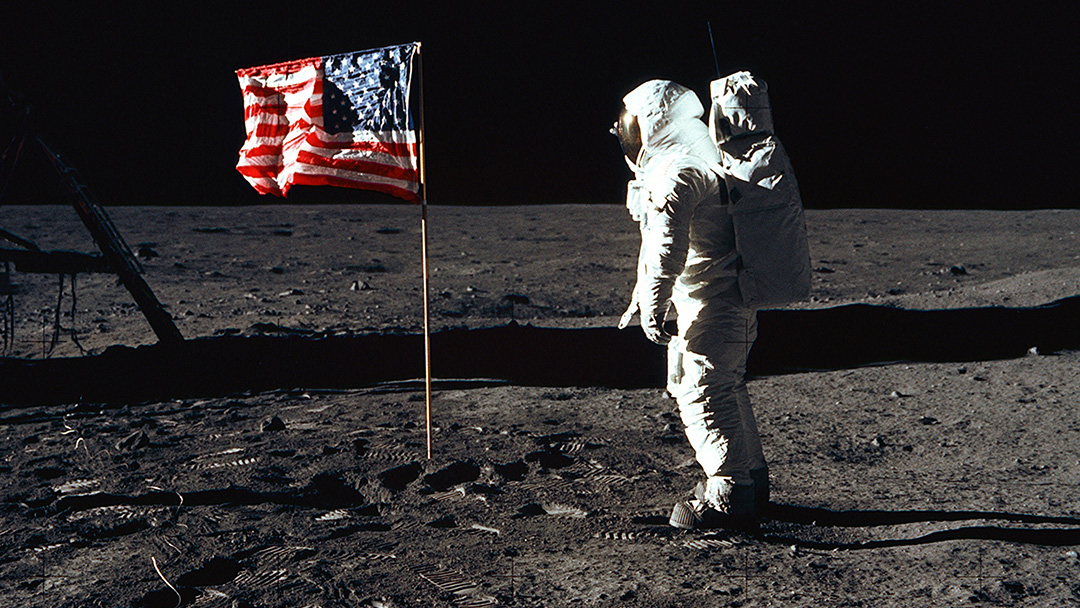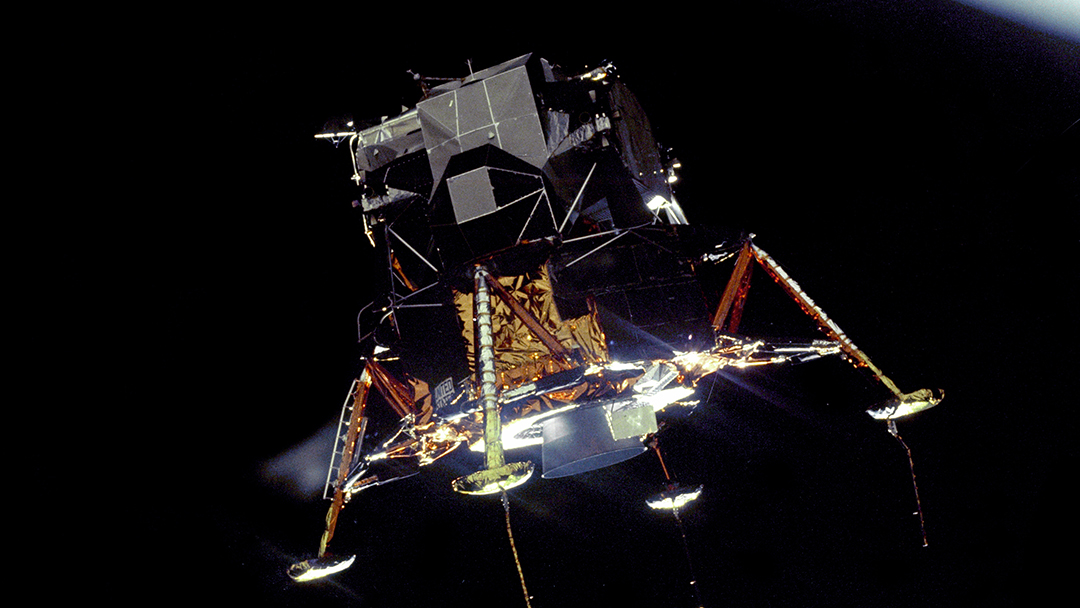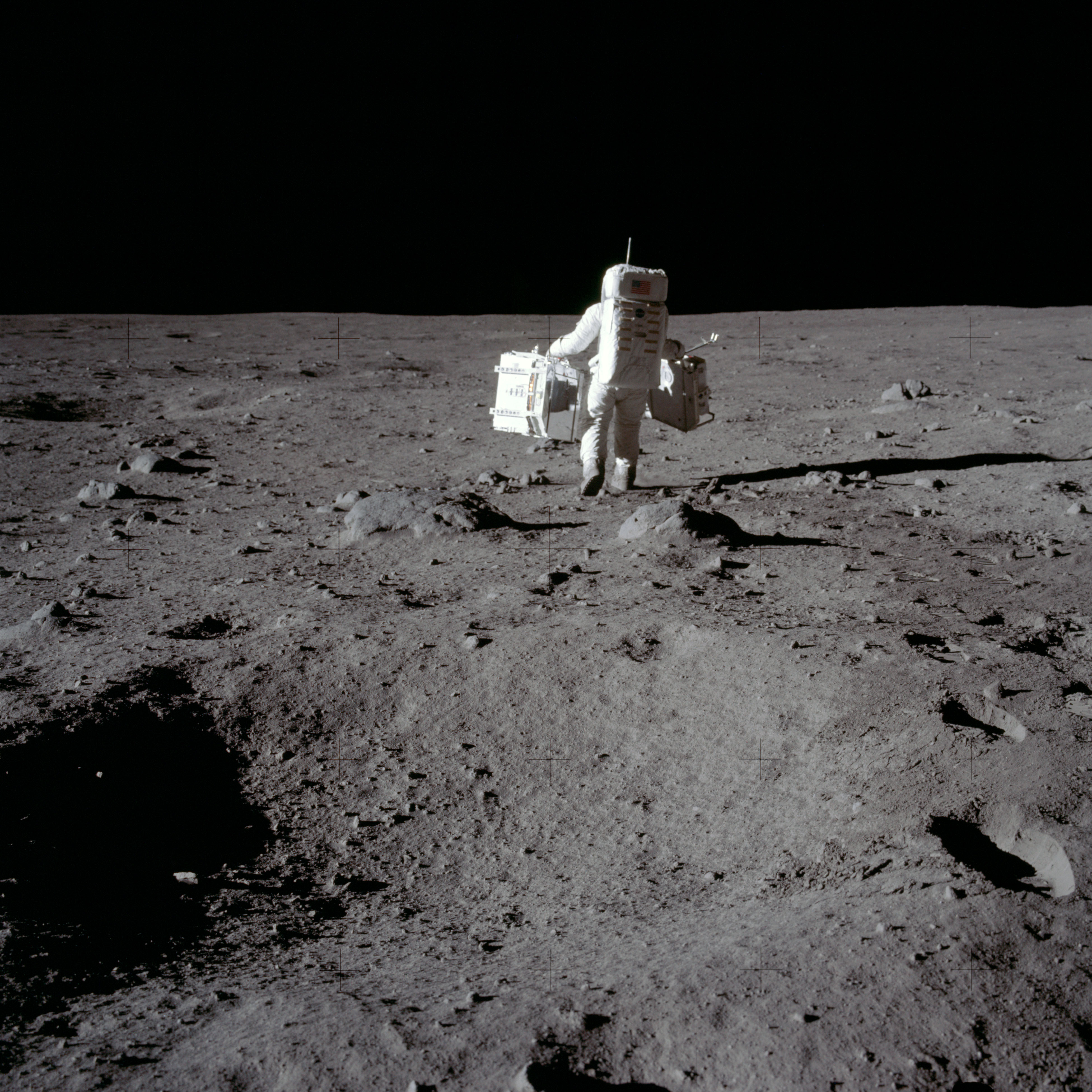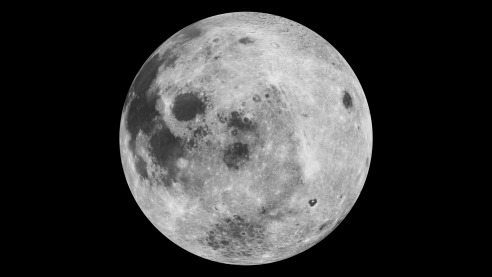Astronauts Neil Armstrong and Buzz Aldrin spent just under 24 hours on the Moon, including more than two hours of field work at the lunar surface. Meanwhile, Michael Collins circled the Moon in the command module, perhaps best-positioned to contemplate the meaning of life or our place in the universe.
Down at the lunar surface, Armstrong and Aldrin performed several experiments, but arguably their most important task was to collect the first ever samples of Moon rock. Apollo 11 returned 22 kg of lunar samples to Earth. It was to be the first time that scientists were able to analyse Moon rocks in Earth-based laboratories and set in motion a series of discoveries that continues to this day.
Over the past decade, I have been extremely fortunate to lead several projects working on Apollo samples at The Open University. Thanks to the Apollo astronauts and the curators at NASA, researchers such as myself – who weren’t even born when the Apollo Moon landings took place – are still able to study Moon rocks and feel part of a shared historical adventure.
New research will explore the possibility of building habitats on the Moon. The availability of water on the Moon will play a vital part in realising our bold ambition of living there in the not too distant future.
As the world celebrates the 50th anniversary of the Apollo 11 landing, The Open University also celebrates its 50th anniversary. By sheer coincidence, The Open University was awarded its Royal Charter just three months before the first Moon landing, heralding a new era, not just in space exploration, but also in higher education.
Not surprisingly perhaps, The Open University has championed space research for most of its existence. We are very proud of our continuing leadership in this global endeavour. Indeed, it has been very exciting to be involved in the theory-changing discovery of water in Moon rocks, which had been thought to be devoid of water for almost four decades since the first samples were analysed in 1969.
 Buzz Aldrin walking on the Moon
Buzz Aldrin walking on the Moon
Over the past decade, my team at The Open University have been undertaking cutting-edge laboratory research to look for water – and other associated elements such as carbon, nitrogen, oxygen – in Moon rocks.
Our findings suggest the presence of a water reservoir in the Moon which is similar to certain parts inside the Earth’s structure. Furthermore, the distinctive chemical composition of the water in the lunar samples points towards water in the Moon having a common origin with that of the Earth and asteroids.
As we look forward to the next 50 years of space exploration, we must acknowledge the contributions countless individuals made towards the success of what was once an unimaginable dream, of landing humans on another planetary surface.
Despite these Apollo samples having been collected 50 years ago, this field of research remains active, as many new questions have arisen through recent findings. Some of these new questions can only be addressed effectively by returning to the Moon with custom-built instruments to perform experiments in situ, followed by missions returning samples from areas of the Moon that were not visited by the Apollo missions.
As water is a key commodity and a precious resource for supporting space exploration – it is required for life support and can be used in radiation protection and rocket fuel – finding water on the Moon has reignited interest beyond traditional space powers and a new ‘Moon Rush’ has begun – just look at the number of new spacefaring nations and private entities targeting the Moon. New research will explore the possibility of building habitats on the Moon. The availability of water on the Moon will play a vital part in realising our bold ambition of living there in the not too distant future.
 The Apollo 11 Lunar Module (LM) "Eagle", in a landing configuration.
The Apollo 11 Lunar Module (LM) "Eagle", in a landing configuration.
As we look forward to the next 50 years of space exploration, we must acknowledge the contributions countless individuals made towards the success of what was once an unimaginable dream, of landing humans on another planetary surface.
Just as the members of the Armstrong clan in Dumfries and Galloway several centuries ago couldn’t know that one of their descendants would walk on the Moon, we must continue to inspire and engage the future Neil Armstrongs of the world who will realise the dream of extending humanity’s presence to the Moon and beyond in a safe and sustainable manner.
This article was originally published on the Scotsman's website and can be viewed here.







Rate and Review
Rate this article
Review this article
Log into OpenLearn to leave reviews and join in the conversation.
Article reviews